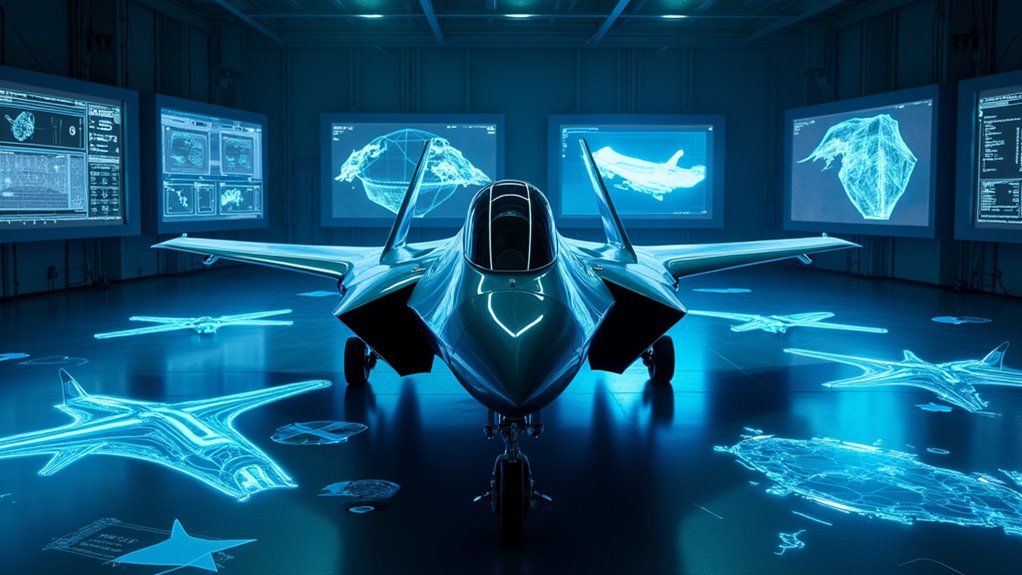China’s military aviation sector has deployed DeepSeek, a cost-efficient AI platform crafting next-gen warplanes. Developed by the Shenyang Aircraft Design Institute, this digital brainiac designs aerodynamic shapes, refines stealth profiles, and selects advanced materials—all while costing 97.3% less than Western alternatives like GPT-4. Already applied to the J-35 fighter and conceptual J-36 and J-50 models, DeepSeek represents China’s strategic play in the high-stakes game of aerial dominance.
China’s military aviation sector has quietly released a new secret weapon in the global aerospace race—and it’s not made of titanium or carbon fiber. It’s DeepSeek, a homegrown AI platform that’s now helping design the country’s next generation of warplanes, as confirmed by veteran aerospace engineer Wang Yongqing.
After nearly four decades at the Shenyang Aircraft Design Institute (a subsidiary of the state-owned Aviation Industry Corporation of China), Wang has seen technology evolve from slide rules to supercomputers. But DeepSeek represents something entirely different—an AI assistant that crafts novel aerodynamic shapes, refines stealth profiles, and selects advanced materials for cutting-edge fighters.
AI now designs what engineers once sketched—crafting stealth profiles and selecting advanced materials with algorithmic precision.
The institute responsible for designing the navy’s J-15 Flying Shark is now leveraging this silicon-based brainpower for even more advanced projects. Engineers are applying DeepSeek to development of the J-35 stealth fighter and reportedly to conceptual work on future airframes informally dubbed J-36 and J-50. The system incorporates large language models to analyze complex engineering problems and generate innovative solutions. *Who needs Top Gun when you’ve got top algorithms?*
Besides creating sleeker, deadlier jets, DeepSeek handles the mind-numbing task of reviewing technical papers and past test results—freeing human specialists to focus on validation trials and real-world performance evaluations. DeepSeek has been preparing to launch its next generation model that will be 97.3% cheaper than Western AI models like GPT-4. The AI has compressed research schedules considerably while providing fresh perspectives on aerospace challenges.
Hangzhou-based DeepSeek has rapidly emerged as China’s answer to Western AI platforms, offering similar capabilities at lower operational costs. This cost-effectiveness has driven adoption across China’s defense industry, particularly for projects involving adaptive-cycle engines, integrated sensor networks, and cooling systems for directed-energy weapons. With AI technologies expected to generate revenue potential of trillions globally by 2030, China’s strategic investment in DeepSeek demonstrates a clear understanding of AI’s transformative power in military applications.
While DeepSeek won’t be piloting any jets soon, it’s certainly helping design them—giving China’s aerospace sector a digital afterburner in the race for air superiority.









